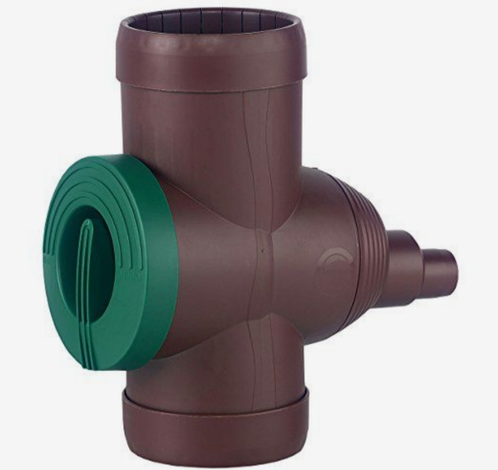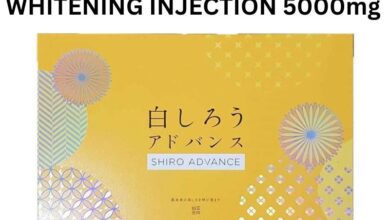How To Get Zero Energy Water



The amount of energy it takes to filter, sanitize, and deliver water on a large scale to every household in the country is massive – and that’s an understatement. If you want to reduce your carbon footprint, then you want to use as many sustainable sourced products as possible, and to use as little fuel in the process. One way is to skip using the tap water in your home for the most part, and start collecting zero energy water.
What Is Zero Energy Water?
No, this has nothing to do with the amount of calories in the water. Zero energy water is water that did not need to be transported from a facility to the end-user (you), and thus no fuel was used to deliver it. Typically, this is rainwater that is “harvested” with the aid of a rainwater diverter so that it collects in rain barrels. This water can then be filtered properly and made potable if needed, or it can be used as is for non-potable uses such as washing cars and flushing toilets.
Problems You May Face With Rain Water Collection
There’s a saying that nothing worth doing is easy. While it is relatively simple to harvest rainwater, there are a few things that could go wrong. These are the problems you should look out for:
Overflowing Barrels
If you are blessed with a lot of rainfall, you will need to make sure that your rain barrels are overflowing onto the foundation of your house. This could lead to serious water damage that can affect the structural integrity of your house. The best rainwater collection systems have a method of diverting the overflow back into the gutters so that it either drains into the sewage system or your septic tank.
Not Enough Rainfall
On the other hand, rainfall is not always a reliable source of water. You should always have a backup source of water and learn how to practive restraint when using your harvested rainwater. Otherwise, you might find yourself out of water.
Stagnant Water
The last problem that people face with collected rainwater is that of stagnation. When water is left to sit for a long period of time (as it would in the rain barrels), it tends to develop a certain swampy smell. Also, stagnant water is a breeding ground for algae and mosquitoes. Many people add a chlorine solution to sanitize their water, or you can use a UV light to disinfect it. You can also use a filtration system to make all the water potable and clean. The important thing is to keep the water moving and avoid stagnation.
Summary
Rainwater harvesting is a simple process that allows people to collect water that requires no burning of fossil fuels to reach the end-user. This water is known as zero energy water, and it is an excellent way of protecting the environment. Anyone can collect rainwater at home, if they take the precautions to avoid any mishaps. The process is passive and can result in large amounts of water during the peak rainy season.



